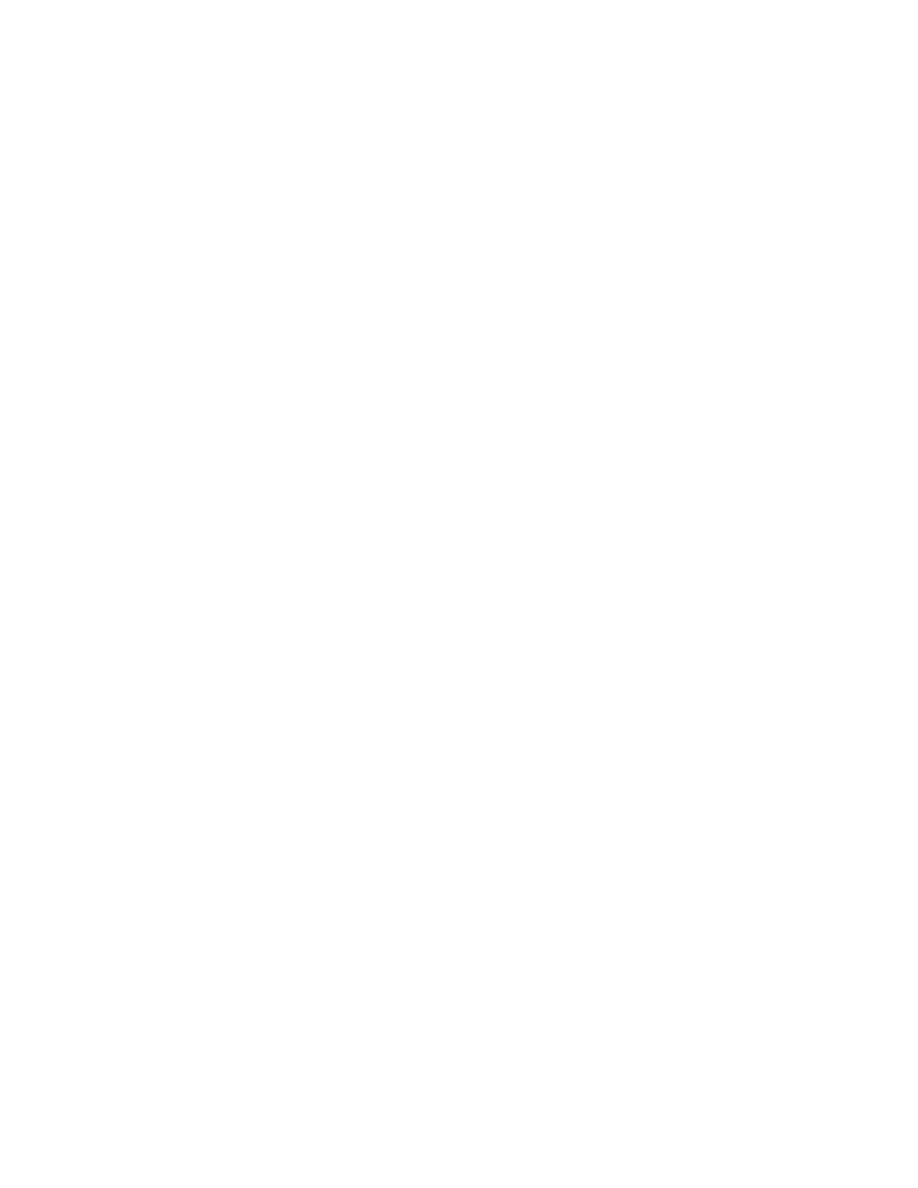
563
Federal Aviation Administration, DOT
§ 139.313
(iii) Instrument landing system (ILS)
critical area signs.
(2) Unless otherwise authorized by
the Administrator, the signs required
by paragraph (b)(1) of this section must
be internally illuminated at each Class
I, II, and IV airport.
(3) Unless otherwise authorized by
the Administrator, the signs required
by paragraphs (b)(1)(ii) and (b)(1)(iii) of
this section must be internally illumi-
nated at each Class III airport.
(c)
Lighting.
Each certificate holder
must provide and maintain lighting
systems for air carrier operations when
the airport is open at night, during
conditions below visual flight rules
(VFR) minimums, or in Alaska, during
periods in which a prominent unlighted
object cannot be seen from a distance
of 3 statute miles or the sun is more
than six degrees below the horizon.
These lighting systems must be au-
thorized by the Administrator and con-
sist of at least the following:
(1) Runway lighting that meets the
specifications for takeoff and landing
minimums, as authorized by the Ad-
ministrator, for each runway.
(2) One of the following taxiway
lighting systems:
(i) Centerline lights.
(ii) Centerline reflectors.
(iii) Edge lights.
(iv) Edge reflectors.
(3) An airport beacon.
(4) Approach lighting that meets the
specifications for takeoff and landing
minimums, as authorized by the Ad-
ministrator, for each runway, unless
provided and/or maintained by an enti-
ty other than the certificate holder.
(5) Obstruction marking and lighting,
as appropriate, on each object within
its authority that has been determined
by the FAA to be an obstruction.
(d)
Maintenance.
Each certificate
holder must properly maintain each
marking, sign, or lighting system in-
stalled and operated on the airport. As
used in this section, to ‘‘properly main-
tain’’ includes cleaning, replacing, or
repairing any faded, missing, or non-
functional item; keeping each item
unobscured and clearly visible; and en-
suring that each item provides an accu-
rate reference to the user.
(e)
Lighting interference.
Each certifi-
cate holder must ensure that all light-
ing on the airport, including that for
aprons, vehicle parking areas, road-
ways, fuel storage areas, and buildings,
is adequately adjusted or shielded to
prevent interference with air traffic
control and aircraft operations.
(f)
Standards.
FAA Advisory Circulars
contain methods and procedures for the
equipment, material, installation, and
maintenance of marking, sign, and
lighting systems listed in this section
that are acceptable to the Adminis-
trator.
(g)
Implementation.
The sign systems
required under paragraph (b)(3) of this
section must be implemented by each
holder of a Class III Airport Operating
Certificate not later than 36 consecu-
tive calendar months after June 9, 2004.
§ 139.313
Snow and ice control.
(a) As determined by the Adminis-
trator, each certificate holder whose
airport is located where snow and icing
conditions occur must prepare, main-
tain, and carry out a snow and ice con-
trol plan in a manner authorized by the
Administrator.
(b) The snow and ice control plan re-
quired by this section must include, at
a minimum, instructions and proce-
dures for—
(1) Prompt removal or control, as
completely as practical, of snow, ice,
and slush on each movement area;
(2) Positioning snow off the move-
ment area surfaces so all air carrier
aircraft propellers, engine pods, rotors,
and wing tips will clear any snowdrift
and snowbank as the aircraft’s landing
gear traverses any portion of the move-
ment area;
(3) Selection and application of au-
thorized materials for snow and ice
control to ensure that they adhere to
snow and ice sufficiently to minimize
engine ingestion;
(4) Timely commencement of snow
and ice control operations; and
(5) Prompt notification, in accord-
ance with § 139.339, of all air carriers
using the airport when any portion of
the movement area normally available
to them is less than satisfactorily
cleared for safe operation by their air-
craft.
(c) FAA Advisory Circulars contain
methods and procedures for snow and
ice control equipment, materials, and
VerDate Sep<11>2014
08:20 May 17, 2019
Jkt 247048
PO 00000
Frm 00573
Fmt 8010
Sfmt 8010
Y:\SGML\247048.XXX
247048